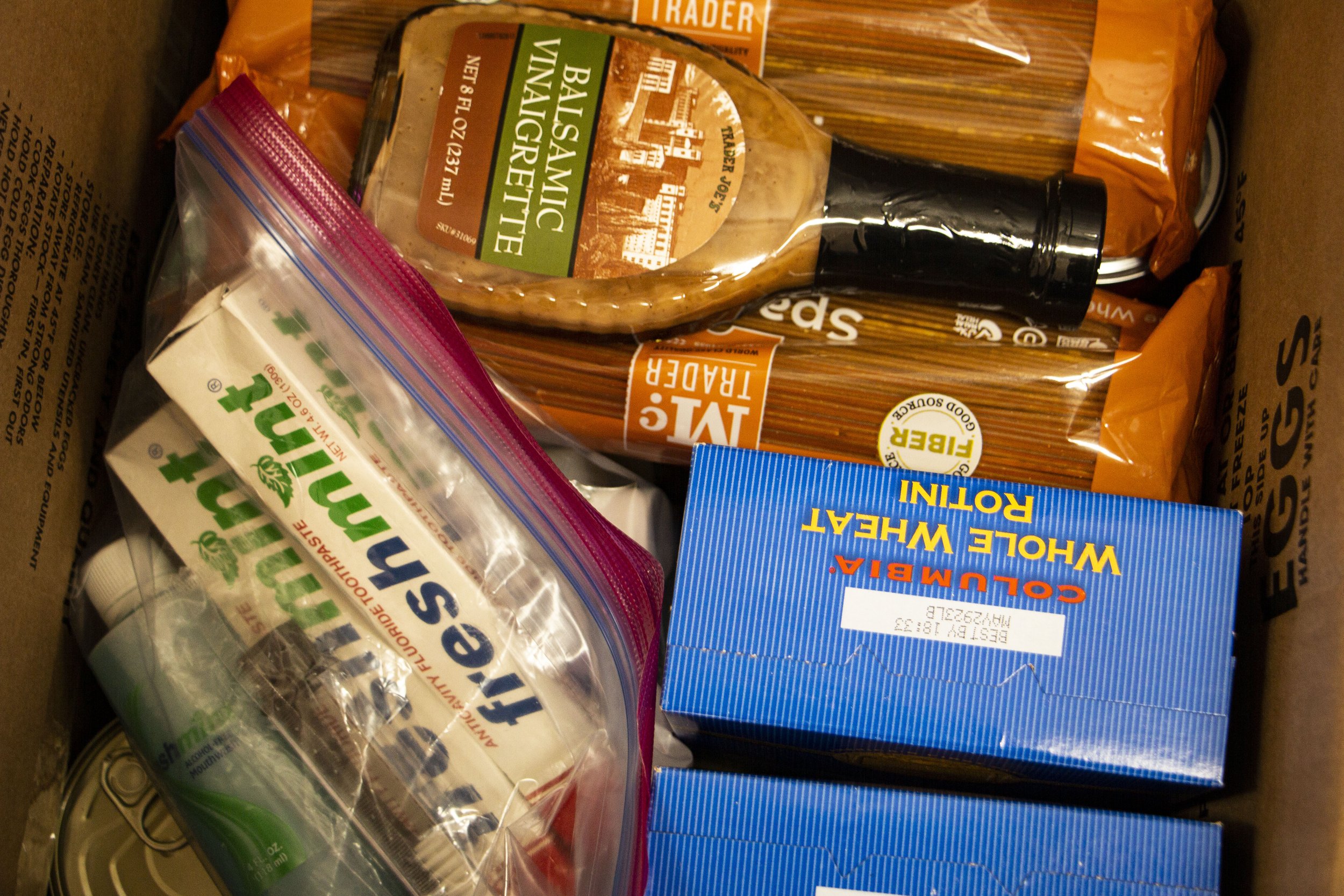
Food & Financial Insecurity
What is the Food & Financial Insecurity Barrier?
Financial Insecurity happens when families are forced into survival caused by a limiting economic environment. Survival refers to the mentality that occurs when an individual is faced with two unideal alternatives, such as whether they should put their money towards paying bills or groceries. A limiting economic environment may include a lack of transportation, job loss, work hour reduction, lack of job upward mobility, immigration status, racism, language barriers, technological divide, lack of job network, and lack of savings account.
When a family experiences a disruption of food intake or eating patterns due to lack of money and other resources, they are typically experiencing food insecurity. This lack of resources could be due to neighborhood factors, such as the lack of full-service supermarkets or grocery stores. Families who live in under-resourced, urban and low-income neighborhoods may lack affordable and nutritious food options. When this is the case, the neighborhood is typically labeled as a "food desert." Convenience stores and small independent stores are more common in "food deserts" and they typically offer lower quality foods and lesser variety of foods. The lack of affordable, healthy options may have negative consequences for both adults and children in the communities. Adults who are food insecure may be at a risk for obesity and other chronic diseases. Food-insecure children may also face a higher risk of developmental problems compared with food-secure children. All of this is a barrier to the development and stability of families in lower-income neighborhoods, such as our Garnet and Maple communities.
CAUSES
Food and financial insecurity is influenced by a variety of individual and systemic factors.
For example, food and financial insecurity is an individual problem when families are faced with:
Education level gap
Housing affordability
Skill level gap
Access to technology
Discrimination (gender, ethnicity, legal status, criminal history, country of origin)
Lack of safety net (savings, college savings, etc)
Access to affordable and nutritious food
Access to transportation
Lack of child care
Lack of access to job opportunities
Less opportunities to take risks
Less protection under law (labor violations)
Food and financial insecurity is also a systemic problem when:
Systems take advantage of the poor
Check to cash system
No credit = higher loan interest rates
Rental vs ownership
Main Ways we break this barrier
The main ways Solidarity aims to break the Food and Financial Insecurity barrier is by addressing the following issues:
Gap in Hire-ability: There are disadvantages that under-resourced neighborhoods face when obtaining jobs due to language barriers, discrimination, or a lack of education degrees.
Gap of Access to Higher-Wage Job Opportunities: There are disadvantages that exist when individuals are able to obtain higher wage jobs through word of mouth (aka a lack of their own personal networks) and access to technology
Cost of Living: Being able to go to work can also be expensive, there are a lot of costs that factor into being able to maintain a job such as child care, transportation, housing affordability, and food costs.
Inability to Take Risk: Due to the lack of a financial safety net or their immigration legal status, there exists the inability for individuals to take larger entrepreneurial risks due to the unwanted exposure or need to maintain a stable income.
Solidarity's programs are designed to address and combat barriers that inhibit families in the Garnet and Maple neighborhoods from flourishing. The following programs specifically address the Food and Financial Insecurity barrier.
EDUCATION initiative
The Main Components of the Education Initiative are designed to break the food & financial insecurity barrier by providing the following with the Elementary After-School Programs & Adult Education Courses:
-
The Elementary ASP in both the Garnet and Maple community, as well as the Teen Center in Garnet, provide after-school child care services to working families.
-
Our After School Programs and teen center help each student achieve academic success for a chance at a higher paying job.
See More about each program:
Maple Elementary After School Program
NEIGHBORHOOD INITIATIVE
The Main Components of the Neighborhood Initiative are designed to break the food & financial insecurity barrier by providing the following within Food Distribution and our Mamás groups:
-
Provide food to neighbors; Connect neighbors to other resources for help
-
Encourage self-confidence in Mothers and women in the Garnet and Maple communities
Immigration Initiative
The Main Components of the Immigration Initiative are designed to break the food & financial insecurity barrier by providing the following within CAMINO Immigration Services:
-
Help clients obtain legal assistance in order to relieve them of the stress of deportation
-
CAMINO Immigration Services provide pathway to legal employment
See More about each program:



